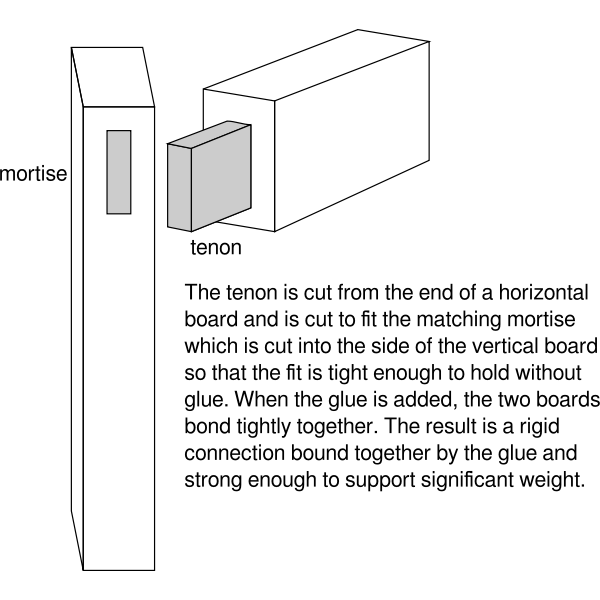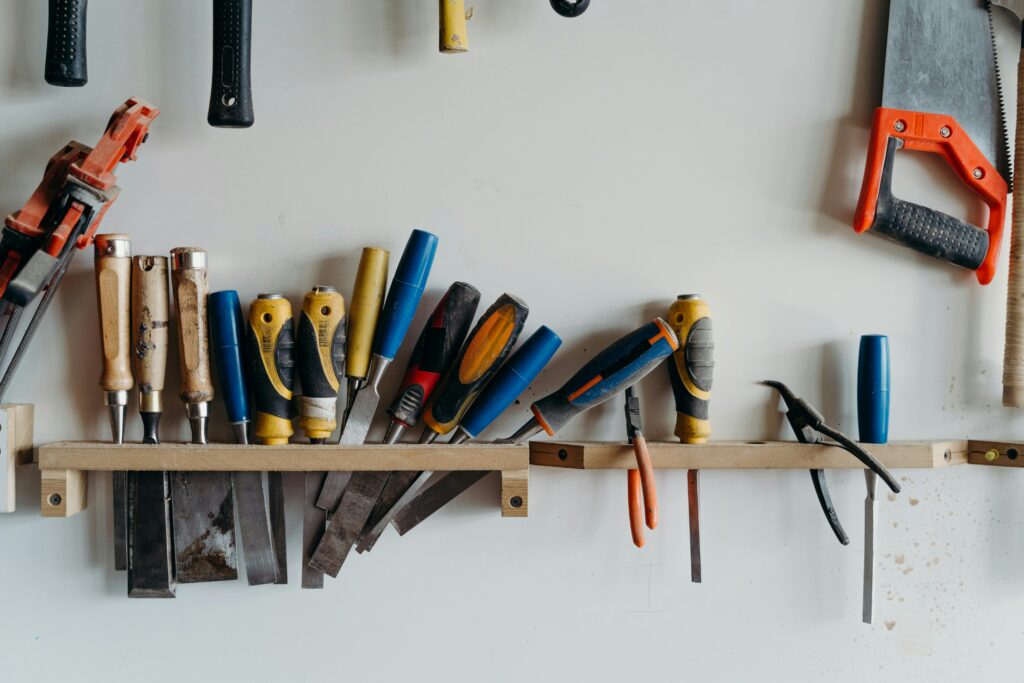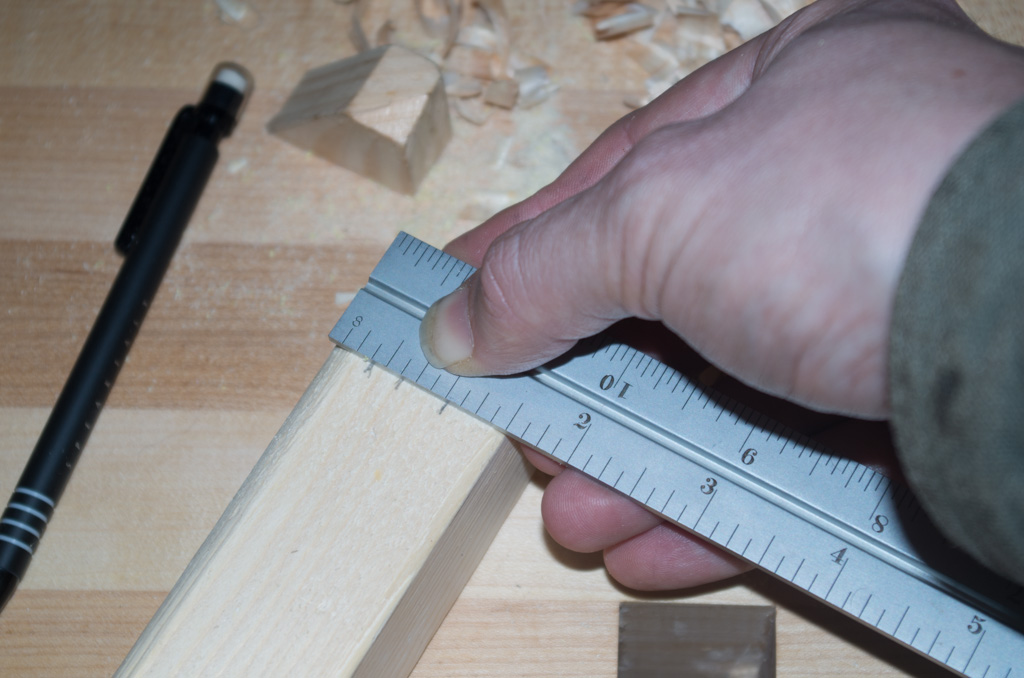The Ultimate Guide to Mortise Joints: Master Traditional Carpentry Techniques
Discover how a perfectly crafted mortise joint can transform your woodworking projects from amateur to professional-grade craftsmanship. Understanding the Fundamentals of Mortise Joints Mortise joints have been a cornerstone of fine woodworking for millennia, with examples found in ancient Egyptian furniture and medieval European cathedrals. These joints represent the pinnacle of traditional carpentry, combining strength, durability, and aesthetic appeal. In contemporary British woodworking, mortise joints remain essential for creating high-quality furniture and architectural elements that stand the test of time. What is a Mortise and Tenon Joint? A mortise and tenon joint consists of two primary components: the mortise, which is a precisely cut rectangular hole or pocket in one piece of wood, and the tenon, a corresponding projection cut from the end of another piece that fits snugly into the mortise. This ingenious connection method creates one of the strongest woodworking joints possible, making it ideal for load-bearing structures and high-stress applications. The Mechanical Principles Behind the Joint’s Strength The exceptional strength of mortise joints stems from several key mechanical principles. The large gluing surface area provides substantial adhesion strength, while the physical interlock between components resists both pulling and twisting forces. Recent studies have shown that a properly executed mortise joint can maintain up to 80% of the wood’s original structural integrity. Types of Mortise Joints and Their Applications Understanding the various types of mortise joints and their specific applications is crucial for selecting the right joint for your project. Each variation offers unique advantages and is suited to particular woodworking challenges. Through Mortise and Tenon Visible on both sides of the mortised piece Traditionally used in timber framing and rustic furniture Offers maximum strength and can be wedged for additional security Ideal for frame construction and heavy-duty applications Blind (Stopped) Mortise and Tenon Tenon hidden within the mortised piece Perfect for fine furniture and cabinet making Provides clean, professional appearance Commonly used in door and frame construction Wedged Mortise and Tenon Enhanced mechanical lock using wedges Suitable for applications requiring maximum strength Often used in traditional British furniture making Can be decorative when contrasting wood is used for wedges Haunched Mortise and Tenon Additional shoulder prevents twisting Ideal for rail-to-stile joints in doors Provides extra stability in frame construction Commonly used in heritage restoration work Essential Tools and Materials for Creating Mortise Joints Success in creating precise mortise joints depends largely on having the right tools and materials at hand. Modern British workshops often combine traditional hand tools with contemporary power equipment to achieve optimal results. Traditional Hand Tools Mortise chisels (6mm to 12mm sizes) Marking gauge and mortise gauge Mallet and bench chisels Tenon saw and coping saw Modern Power Tools and Jigs Mortising machine or router Drill press with mortising attachment Power tenon jigs Digital measuring tools Choosing the Right Wood Select timber with straight grain and minimal knots for optimal joint strength. British hardwoods like oak, ash, and beech are excellent choices for mortise joints, offering superior strength and stability. Always ensure wood is properly seasoned to moisture content below 12% to prevent future movement. Step-by-Step Guide to Cutting Perfect Mortise Joints Creating precise mortise joints requires careful attention to detail and a systematic approach. Following these steps will help ensure consistent, professional results. Marking and Layout Techniques Use a marking gauge to define mortise width Mark depth carefully with a depth gauge Double-check all measurements before cutting Consider grain direction when planning cuts Cutting the Mortise Begin by drilling pilot holes if using hand tools, or set up your mortising machine according to your marks. Work methodically, removing waste in layers rather than attempting to clear the entire mortise at once. Keep your tools sharp and maintain consistent pressure throughout the process. Shaping the Tenon Cut the tenon slightly oversized initially, then gradually pare it down to achieve a snug fit. Use a sharp chisel or shoulder plane for final adjustments. Remember the carpenter’s adage: ‘You can always remove more wood, but you can’t put it back.’ Test Fitting and Adjustments Test the fit frequently as you work, aiming for a joint that can be assembled with firm hand pressure. The tenon should slide into the mortise with even resistance, creating what British craftsmen call a ‘sweet fit.’ Common Mistakes and How to Avoid Them Even experienced carpenters can encounter challenges with mortise joints. Understanding common pitfalls helps prevent costly errors and ensures professional results. Layout Errors Double-check all measurements before cutting Use reference marks consistently Account for wood movement in design Maintain square and parallel surfaces Sizing Issues Avoid oversized mortises that weaken the joint Ensure tenon thickness is appropriate for the wood Calculate proper proportions for joint strength Fit Problems The most common fit issues arise from rushing the process or working with improper tools. Take time to achieve a precise fit, and remember that gaps will only worsen over time. Advanced Techniques and Professional Tips Once you’ve mastered the basics, explore these advanced techniques to enhance your mortise joinery skills and create truly exceptional work. Working with Different Wood Types Different species require different approaches. Hardwoods like oak need sharp tools and careful technique, while softwoods require a more delicate touch to prevent splitting. Always consider grain direction and wood characteristics when planning your joints. Creating Decorative Variations Exposed through-tenons with contrasting plugs Decorative wedges in different species Curved and shaped tenons for artistic effect Machine-Cut vs. Hand-Cut Joints While machines offer consistency and speed, hand-cut joints often provide better control and customisation options. Many professional British carpenters combine both approaches, using machines for rough work and hand tools for final fitting. Finishing and Maintaining Mortise Joints Proper finishing and maintenance ensure your mortise joints remain strong and attractive for generations. Gluing Techniques Use quality woodworking adhesive Apply glue evenly to all surfaces Clean excess glue immediately Allow proper curing time Long-term Care Monitor joints periodically for signs of movement or stress. Keep wooden furniture away from direct heat sources and maintain stable humidity levels to prevent joint failure.









